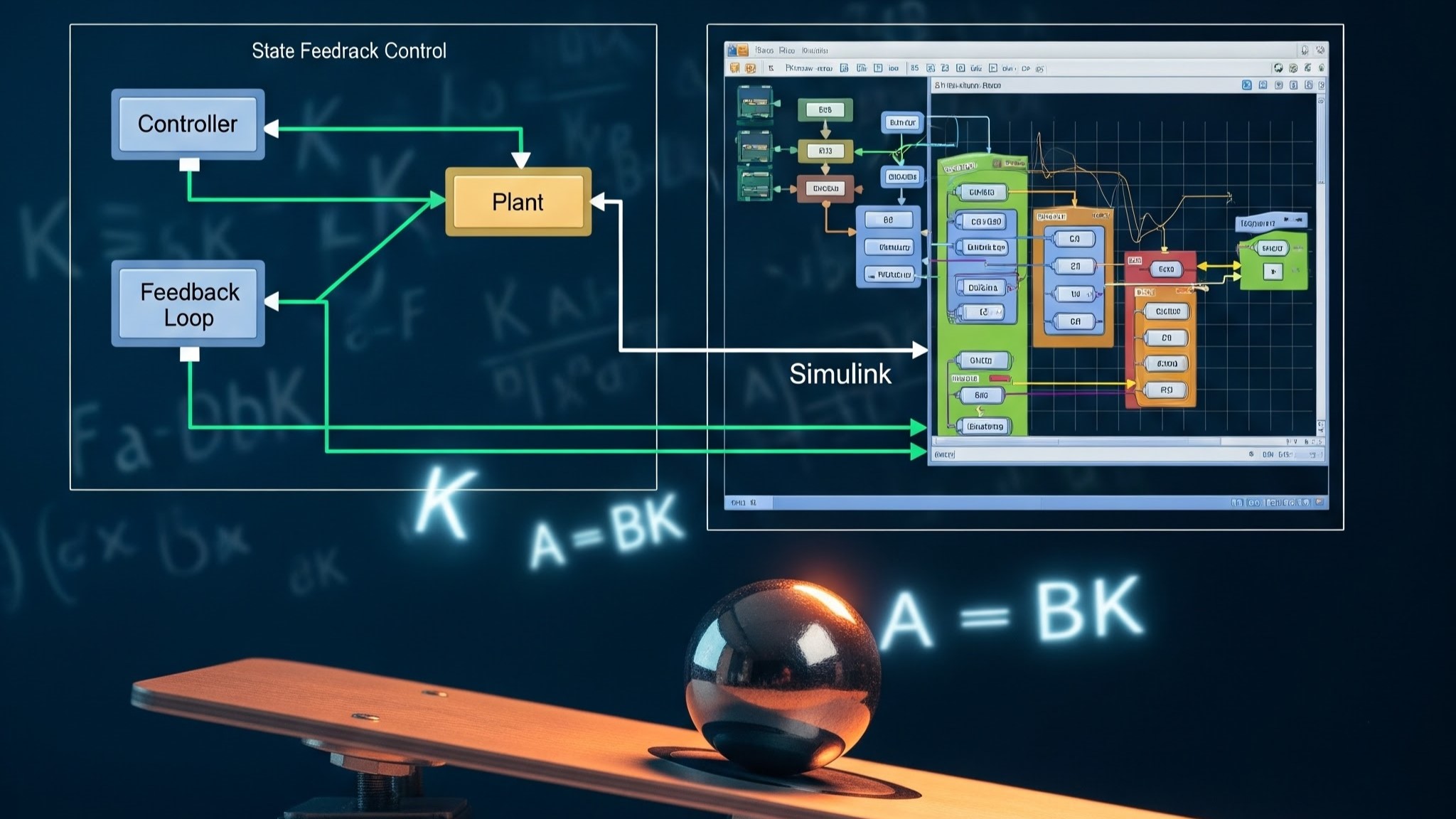Check this article about a State Feedback Controller implemented on Acrome's Ball Balancing Table. Covers hardware, theoretical principles of state feedback and pole placement, and a practical MATLAB/Simulink implementation. Also demonstrates controller gain calculation, controllability checks, and presents simulated results, emphasizing the educational application of modern control techniques.

ITU Science Park, ARI4 Building
No: B204 Maslak 34469
Istanbul Turkey
+90 212 807 04 56
info@acrome.net

ITU Science Park, ARI4 Building
No: B204 Maslak 34469
Istanbul Turkey
+90 212 807 04 56
info@acrome.net


